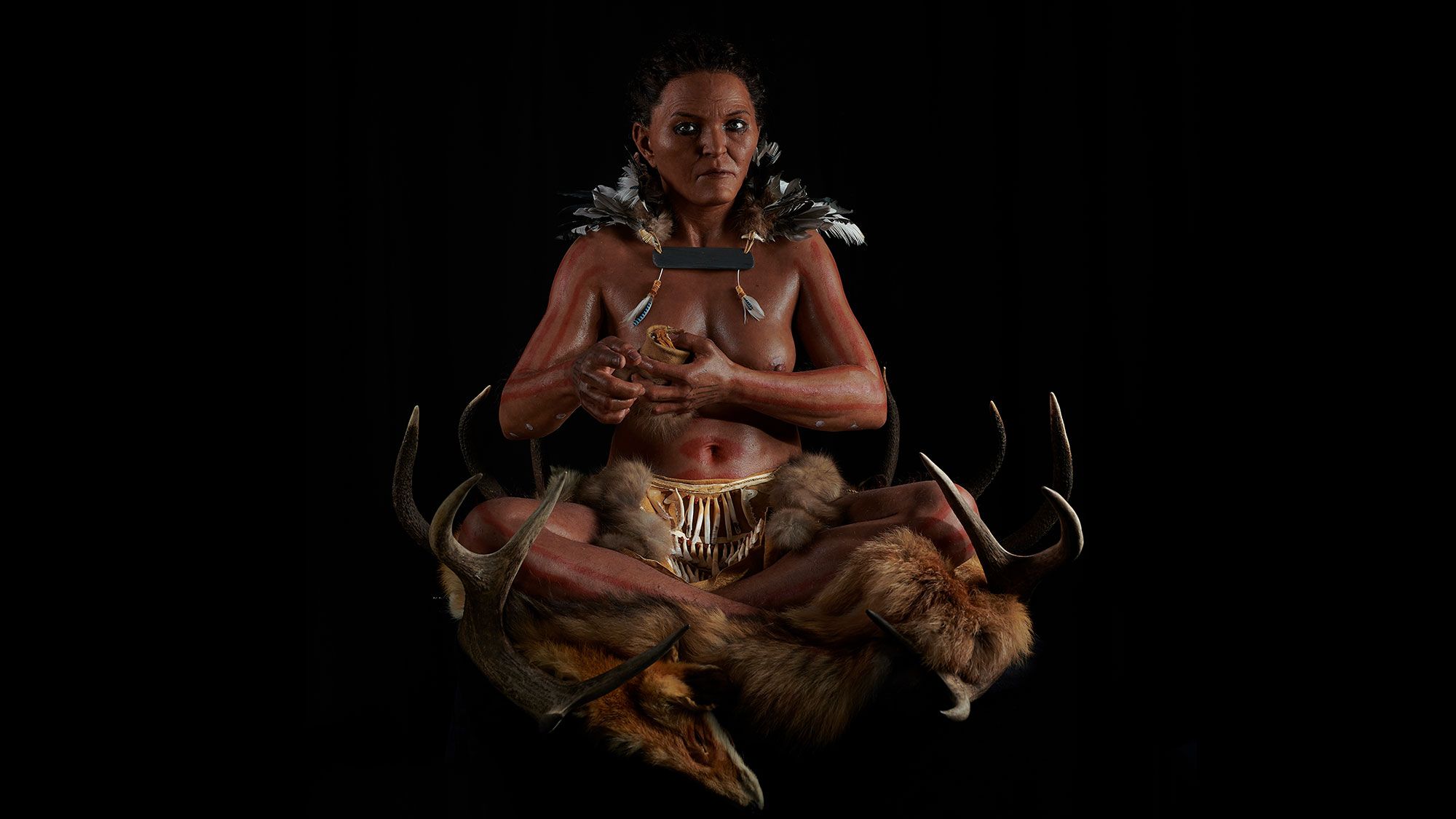A recent study conducted by Lund University in Sweden challenges previously held beliefs regarding the transition from hunter-gatherer to agricultural societies in Scandinavia.

Published in the journal Nature, the research, which involved an international team of scientists, utilized DNA analysis of skeletons and teeth dating back 7,300 years found in present-day Denmark. Contrary to prior assumptions, the study reveals not one but two significant population turnovers occurred in the region, reshaping the genetic landscape and rewriting the history of ancient migrations.
The first major shift occurred approximately 5,900 years ago with the arrival of the first farmers in Scandinavia. Previous narratives portrayed this transition as peaceful, but the study suggests otherwise. Anne Birgitte Nielsen, a lead researcher at Lund University, notes, “This transition has previously been presented as peaceful. However, our study indicates the opposite.” The farmers, originating from Anatolia, drove out the indigenous hunter-gatherer populations through a combination of violence and the introduction of new pathogens from their livestock. Within a few generations, the hunter-gatherer population dwindled significantly, marking a rapid and almost complete population replacement.

Approximately 1,000 years later, around 4,850 years ago, another significant migration event occurred. This time, a pastoralist group known as the Yamnaya people, originating from southern Russia, migrated to Scandinavia, bringing about yet another population turnover. Like the first farmers, the Yamnaya people replaced the existing population through violence and the transmission of new pathogens. These semi-nomadic herders, known for their large physical stature, domesticated livestock, and adept use of horses and carts, mixed with the local populations of Neolithic farmers and Eastern European peoples, further altering the genetic makeup of the region.

Nielsen said: “Once again there was a rapid population turnover, with virtually no descendants from the predecessors.” This pattern of abrupt demographic shifts challenges previous theories of peaceful coexistence and intermingling between groups.
The study’s findings not only provide insights into ancient population dynamics but also enhance understanding of archaeological and paleoecological data, such as shifts in vegetation and land use over time. By analyzing genetic data alongside proxies for diet, mobility, and vegetation cover, researchers were able to discern parallel shifts in genotype, phenotype, diet, and land use during these major demographic events. Moreover, the study contributes to a deeper understanding of human heredity and its implications for medical research.
In addition to Lund University, the study involved collaboration with around 40 European, American, and Australian higher education institutions and organizations.